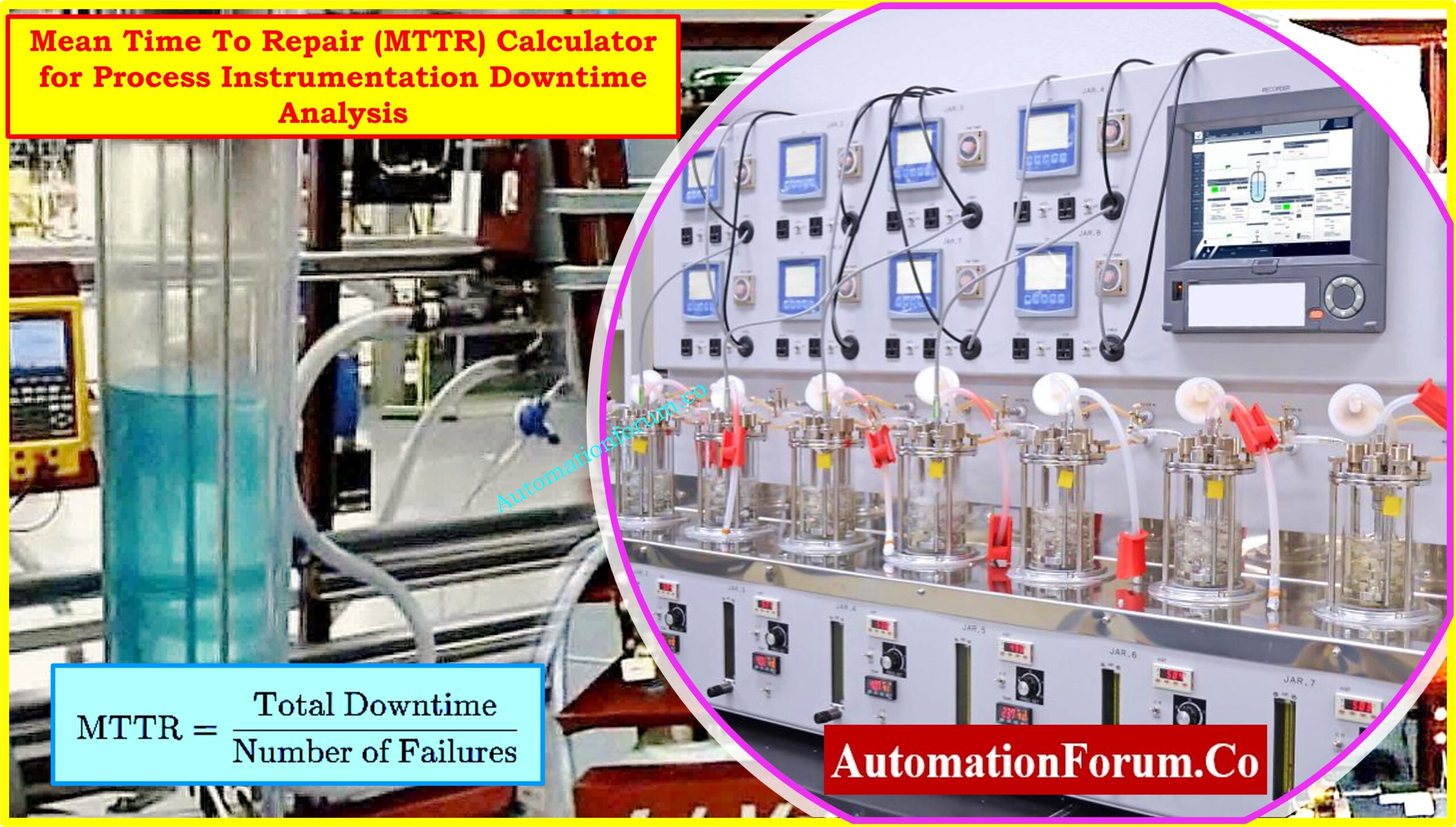Recoders are device used to record and store data into paper or any other reading device. Industrial recorders monitor the changes over time in process measurement signals, and provide a permanent record of those changes. functions can be classified into measuring, processing and recording. In self-balancing recorders, measuring and recording are mainly accomplished by servomechanisms.
Pen recorder:

A typical pen recorder is shown above. The measurement signal, after amplification corresponding to a pre-set measurement range, is converted to a digital signal by an integration type A/D converter.
The converted signal undergoes linearizing and alarm processing in the operation control block, and is then
temporarily stored as display data in memory (RAM) . It is subsequently converted to recording data compatible with the recording equipment.
The recording data is converted back to analog data by a D/A converter and it is sent to the servo amplifier, where it is compared with the pen position signal obtained from the pen-position feedback element. The deviation (error) output is power-amplified by the motor control IC and drives the servomotor.
The position feedback element is an ultrasonic displacement detector, and has no mechanical joints. The servomotor is a thin type brushless DC motor. These components make up a highly reliable contact- free servo system. List printing and scheduled printing of logs is done by a small X- Y plotter that operates independently of the servomechanism. The plotter is controlled by a dedicated one-chip microprocessor.





